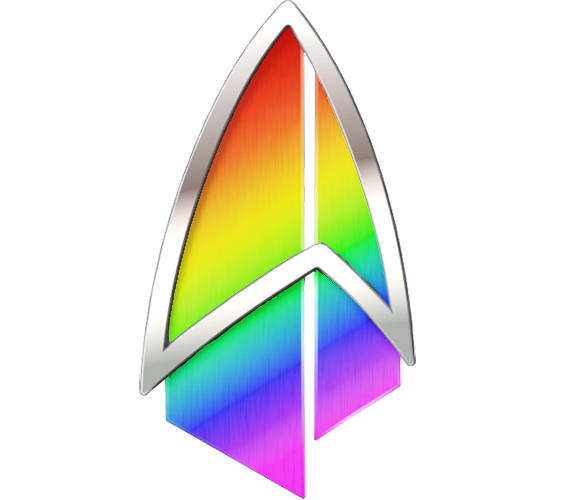There might be a good reason for this. Raster effects were already really good in newer games, and ray tracing could only improve on that high bar. It’s filling in details that are barely noticeable, but creap ever so slightly closer to photorealism.
Old games start from a low bar, so ray tracing has dramatic improvement.
Cyberpunk is a good example of gorgeous raytracing: https://www.youtube.com/watch?v=3pkuU0cGQu8
The problem is that proper raytracing is way too heavy for most machines, so game devs don’t bother. The Cyberpunk example on max graphics would need an RTX 4090 just to run it over 60fps. No point in pushing tech that nobody can run yet.
Raytracing on older games looks great because they already weren’t intensive to run, so developers can get away with maximizing raytracing while still running fine.
Control also did a fantastic job. At some point the reflections on the glass are almost too good. There is a puzzle where you need to look through some windows to solve it. I couldn’t see what the hell was going on because of the reflections and had to turn RTX off. It was otherwise great and I think the difference is dramatic.
I’ve been playing Cyberpunk on an RX 7900XT at basically maxed out graphics, with only some of the raytracing reduced to get it to a consistent 60 fps. The game looks stupid good. But the raytracing is only for shadows and reflections and it has such a massive impact on performance, though I know my GPU is not as effective at raytracing as Nvidia would be.
Like the other reply mentions, Control also looks great with raytracing on, but the scale is not the same as Cyberpunk, so the framerates don’t suffer as much.
I think the tech industry misses the good old days when the upgrade was noticable and exciting. Now it’s just this big media blitz and the upgrades are not that noticeable. Lol, nothin like watching a 30 minute video that they flip back and forth with. “Oh, I can see the difference”
Raytracing is still very computationally intensive, and doesn’t have enough market penetration to make sense on most modern games. Devs need to implement two solutions: a raytraced path and a raster path. The game needs to be fully playable in both, across a wide range on hardware. The largest install base for most games is still console, where RT barely exists. So RT is generally relegated to eye candy for high-end PC. Which makes it a marketing feature, not a game feature.
It’ll be interesting to see if that changes with the PS5 Pro. I expect we’ll see more first-party titles support it, but not much else until the next real console generation.
I’m an old gamedev and for me the goal of ray tracing was always photo realism.
Raster shaders can get you toon shading, enough photo realism, funky effects and so on.
I prefer going to the myseum and looking at impressionist art than photos.
But that’s maybe just me.
Quake II RTX is still probably the best graphics I’ve seen. In its own way.
Quake was also the first game with texture mapping. At the time, it was fucking amazing, and how, today, modern games can have things like transparency and round corners on polygons on their 3-D models.
Also, when it came out, only, like, two video cards even supported all of the features in the game. It was almost a year before any other video cards came out that did. There was one ATI Radeon card and one Nvidia card. I remember that I had the ATI card that supported the Ray tracing and the texture mapping (Radeon 9800).
Voodoo 3 2000
Nah he’s talking about GL quake. That was like the voodoo 1 era.
What? Because texture mapping showed up much before Quake, wolfenstein 3d had it. And you didn’t need any special video card for it, it was rendered by the CPU.
Sorry, texture mapping with alpha (transparency)
Ah gotcha!
I totally agree. Quake GL improved quake 100 fold. RT quake did the same all over again




